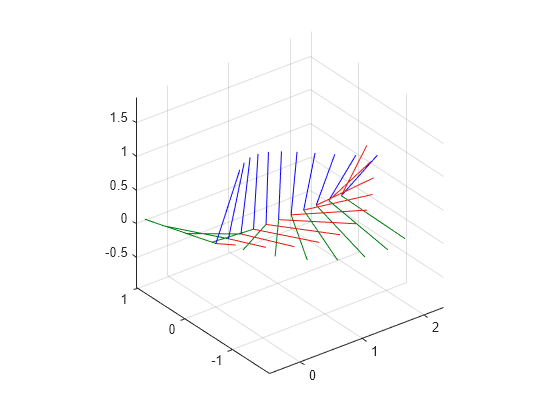transformtraj
Generar trayectorias entre dos transformaciones
Sintaxis
Descripción
Ejemplos
Argumentos de entrada
Argumentos de par nombre-valor
Argumentos de salida
Referencias
[1] Lynch, Kevin M., and Frank C. Park. Modern Robotics: Mechanics, Planning, and Control. Cambridge University Press, 2017.
Capacidades ampliadas
Historial de versiones
Introducido en R2019aConsulte también
bsplinepolytraj | contopptraj | cubicpolytraj | quinticpolytraj | rottraj | trapveltraj

